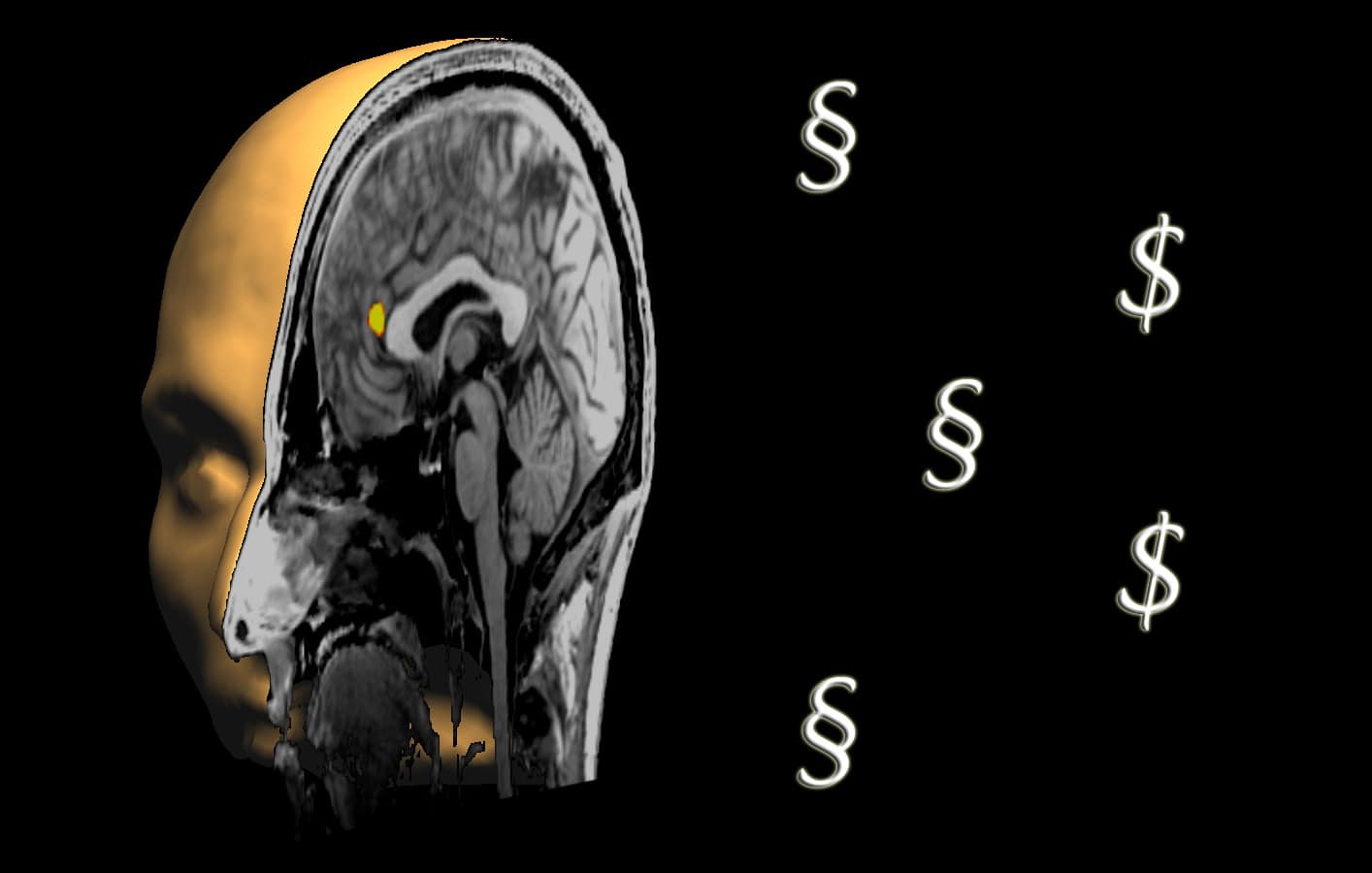
Psychology or Neuroscience? The case of forensics
A few years ago, it seemed that what formerly was called the “neuro-hype”, the idea that primarily neuroscience could solve challenging scientific and social issues, had come to an end: In the media as well as in scientific publications, critical stances were taken more frequently. The book “Brainwashed: The Seductive Appeal of Mindless Neuroscience” by American psychologists Sally Satel and Scott Lilienfeld or the book “Neuromythology” by the Berlin-based Liechtensteiner pharmacologist Felix Hasler are just a few examples. Then in 2013, suddenly two major neuroscience initiatives started: the European Human Brain Project and the US-American BRAIN Initiative. Are we now in a post-post-neurohype phase?
In the domains of criminology and forensics—scientific disciplines investigating the causes and prevalence of criminal behavior—scholars often emphasize the social importance of their enterprise. Crime can mean a lot of subjective suffering and public costs. Thus, helping to understand, predict, and perhaps even prevent crime is obviously a good thing. Yet, means are scarce and decisions about which research to support have to be made. Such decisions can be worth billions of euros, as in the case of the two projects just mentioned, and where stakes are high, claims and promises are presumably high, too.
Science in the Courtroom
Currently, legal scholars, psychologists, and psychiatrists carry out this research and advise courts on someone’s dangerousness or capacity to control oneself at the moment of the crime. Both issues are important for determining punishment and guilt in many legal traditions around the world. It goes without saying that psychology as the discipline of mind and behavior comprises research aimed at understanding cognitive-emotional processes. Yet, I think that it is fair to say that our understanding is limited and indeed, in terms of predicting future behavior, there is much uncertainty.
In contrast to researchers who usually report aggregated statistical data, judges and forensic experts take (often quite serious) decisions concerning an individual situation and an individual person. There is a methodological friction between averaged data of a group to which a person belongs, for example carrying a certain gene or coming from a certain country, and an individual included into that group. That individual could be an outlier, it could just not be representative of the group; and, of course, research in general has boundaries and often enough we have limited knowledge on its validation in actual practice. It is thus likely that we have to live with an amount of uncertainty, not just in science, but in many areas of society, whether we apply scientific knowledge or not.
Living with Uncertainty
Since a couple of years and as a product of the increased interest in neuroscience, there is a new kind of expert offering their help: we could call them the neuro-forensic scientist. This is not to say that such experts never existed before – the history of forensic science would deserve a post on its own – but that they are currently receiving much more attention and, presumably, funds than before. Most of them would agree that there is a lot of uncertainty regarding criminal minds and behaviors, but they would propose that neuroscience research can contribute significantly to understanding, predicting, and eventually preventing crime.
One example of a successful researcher within this area is Adrian Raine at the University of Pennsylvania, USA. He recently published a book on the “Anatomy of Violence: The Biological Roots of Crime.” Raine already conducted neuroimaging studies on criminals in the 1990s, in addition to other biological research. His book is not only about science though, as he also proposes social solutions for the problem of crime: One of them is to scan the brain and genome of every adult man, and bring those who carry risk markers to a special place where they can do no harm – possibly until the end of their lives.
Liberty and Safety
This proposal calls for a whole discussion mediating between the values of individual liberty and social safety. This is particularly sensible when we are talking about people who do not even have committed a misdeed, but who are only a little bit more likely to do so in the future. This example also presupposes a level of certainty in predicting future behaviors; a certainty that we are far from nowadays.
What makes me skeptical about the whole approach, though, is the wrong presentation of case studies over and over again: Just one example is the infamous Phineas Gage who actually may be the best-known neurological patient ever. He certainly suffered from the explosion that blew an iron bar through his brain in 1848. However, as historical research already published more than a decade ago, his problems were probably not of an antisocial kind (Macmillan, 2000; 2008).

Left: Depiction of Gage’s damaged skull by his doctor John Harlow (1868). Right: Excerpt from a recently discovered photograph of him and his tamping iron (see here for a note on the source and copyright).
Neuro-Forensic’s Most Famous Patient – Misunderstood?
Gage may have been a different Gage after the accident, but he was most likely not the psychopath that many neuro-forensicists make out of him – possibly to lend more credibility to their theories, in this case on the function of the orbitofrontal cortex. Sam Kean, who recently published a book on famous neurological patients, also wrote an article for a broad audience about the fascinating history of Phineas Gage, how his case has been interpreted and re-interpreted over and over again in the course of the last 150 years.
A theory does not become true just by adding a “neuro-” prefix to it; I hope that nobody forgets the validated knowledge and critique of other disciplines now that some people promise – again – that they can find the solution to crime in the complexities of the nervous system.
References and Further Reading
Harlow, J. (1868). Recovery from the Passage of an Iron Bar through the Head. Publ Massachusetts Med Soc, 2, 327–347.
Hasler, F. (2012). Neuromythologie: Eine Streitschrift gegen die Deutungsmacht der Hirnforschung. Bielefeld: Transcript.
Kean, S. (2014). The Tale of the Dueling Neurosurgeons: The History of the Human Brain as Revealed by True Stories of Trauma, Madness, and Recovery. New York: Little, Brown and Company.
Macmillan, M. (2000). An odd kind of fame: Stories of Phineas Gage. Cambridge, Mass.: MIT Press.
Macmillan, M. (2008). Phineas Gage – Unravelling the myth. The Psychologist, 21, 836-839.
Raine, A. (2013). The anatomy of violence: The biological roots of crime. London: Allen Lane.
Satel, S. & Lilienfeld, S. O. (2013). Brainwashed: The seductive appeal of mindless neuroscience. New York: Basic Books.
Schleim, S. (2012). Brains in context in the neurolaw debate: The examples of free will and “dangerous” brains. International Journal of Law and Psychiatry, 35, 104-111.



